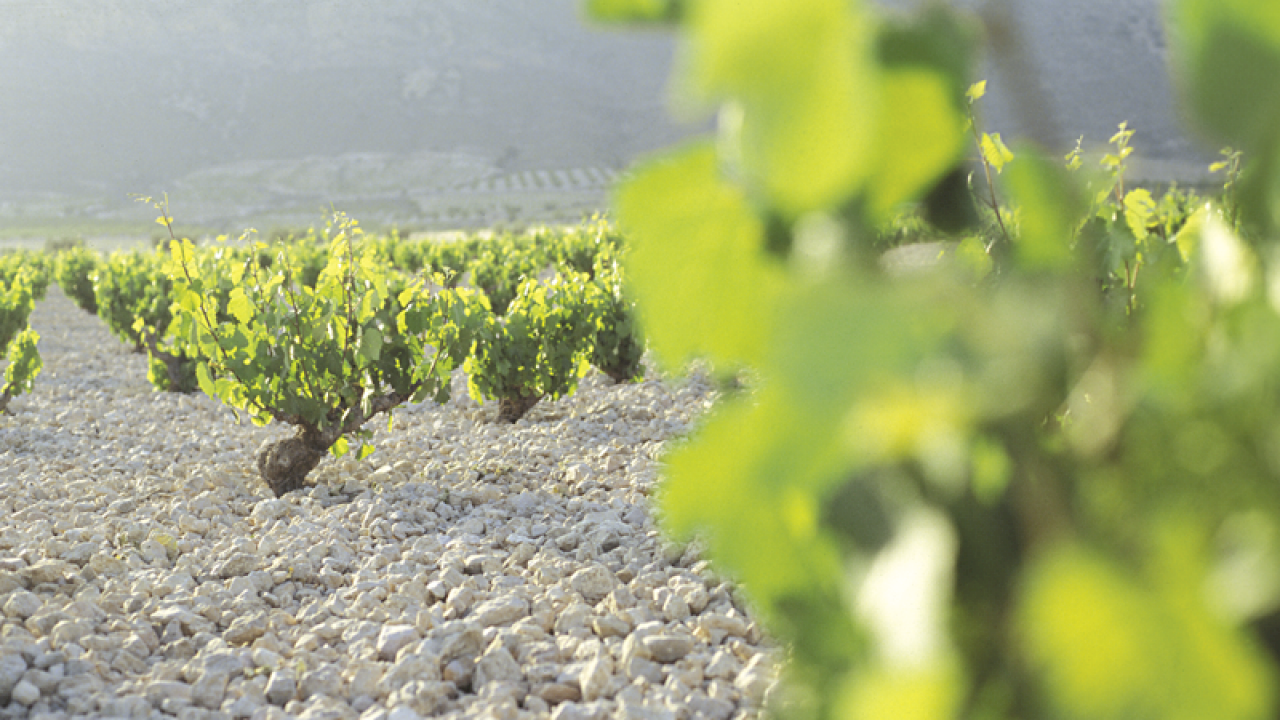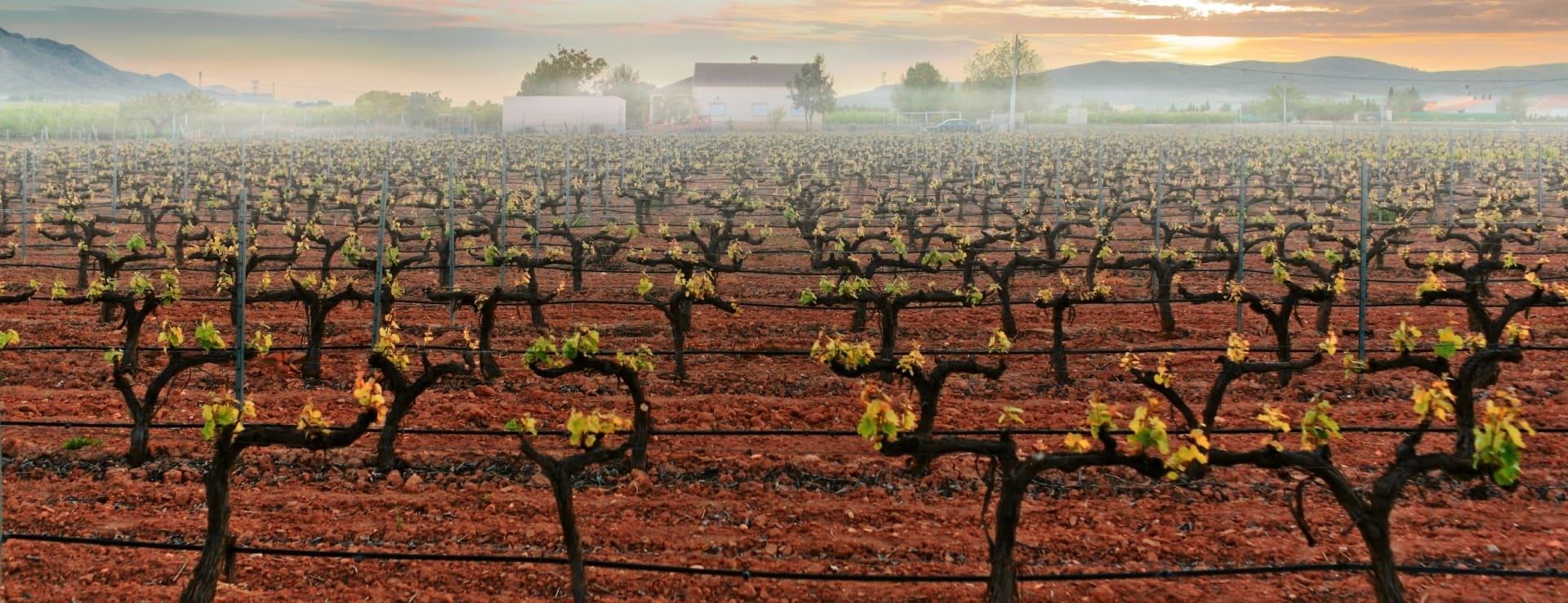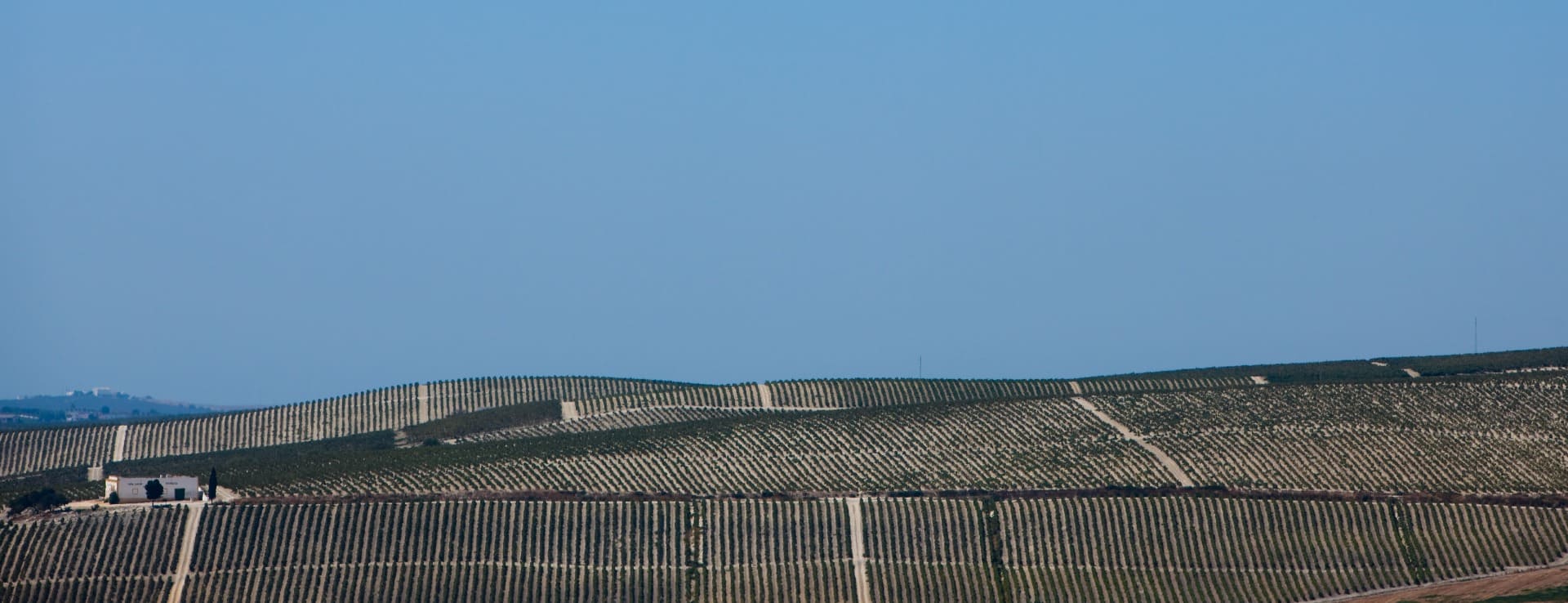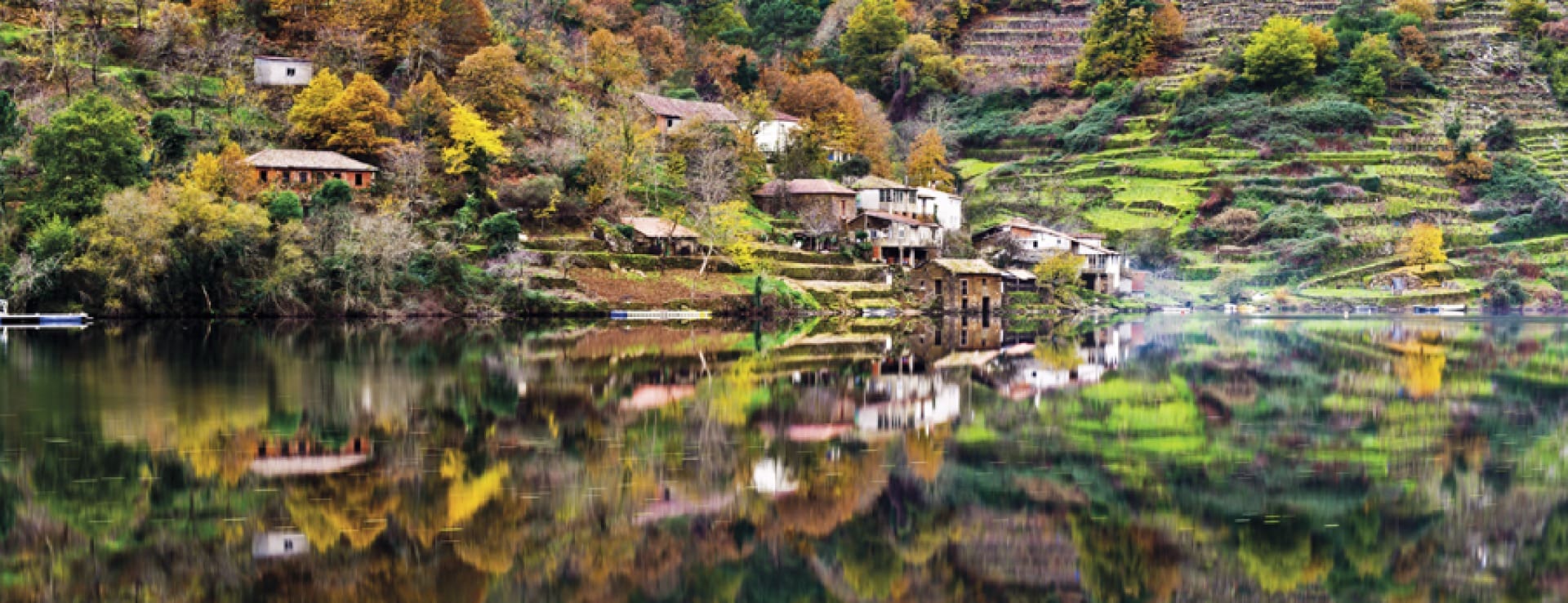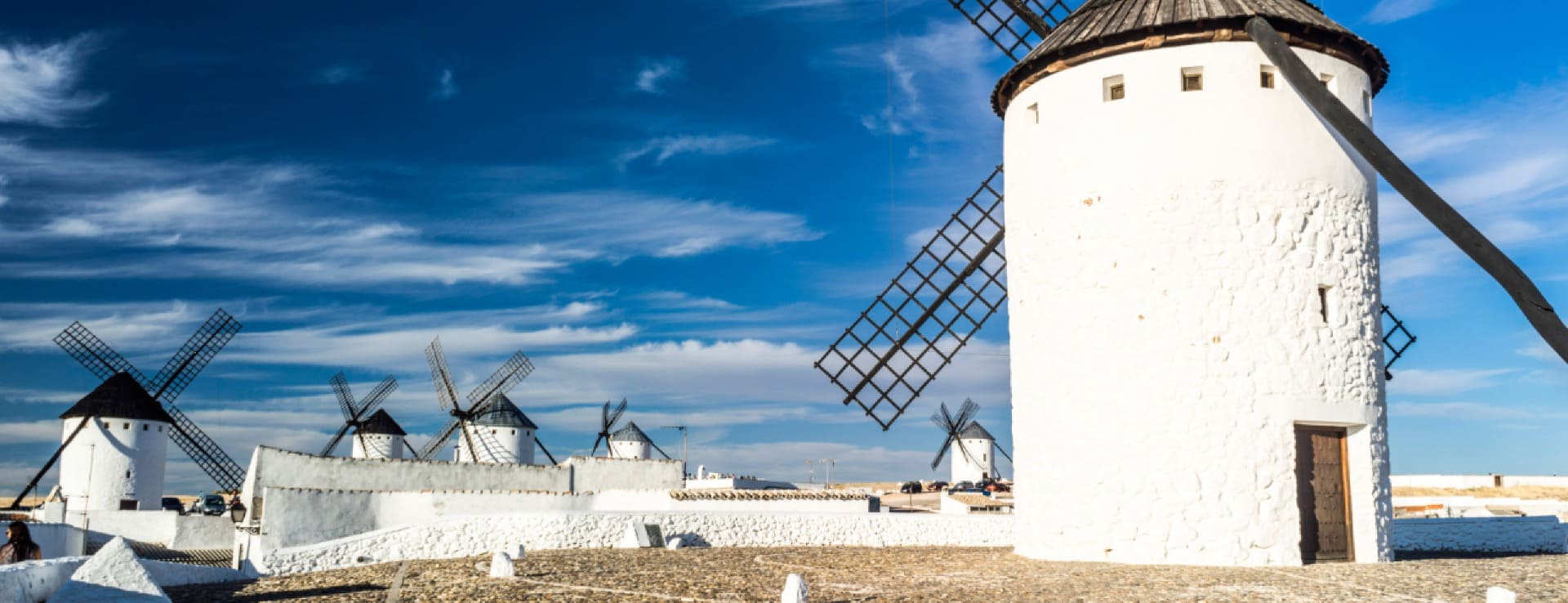Find your winery or vineyard
2 Wineries and Vineyards for sale in DO Bullas
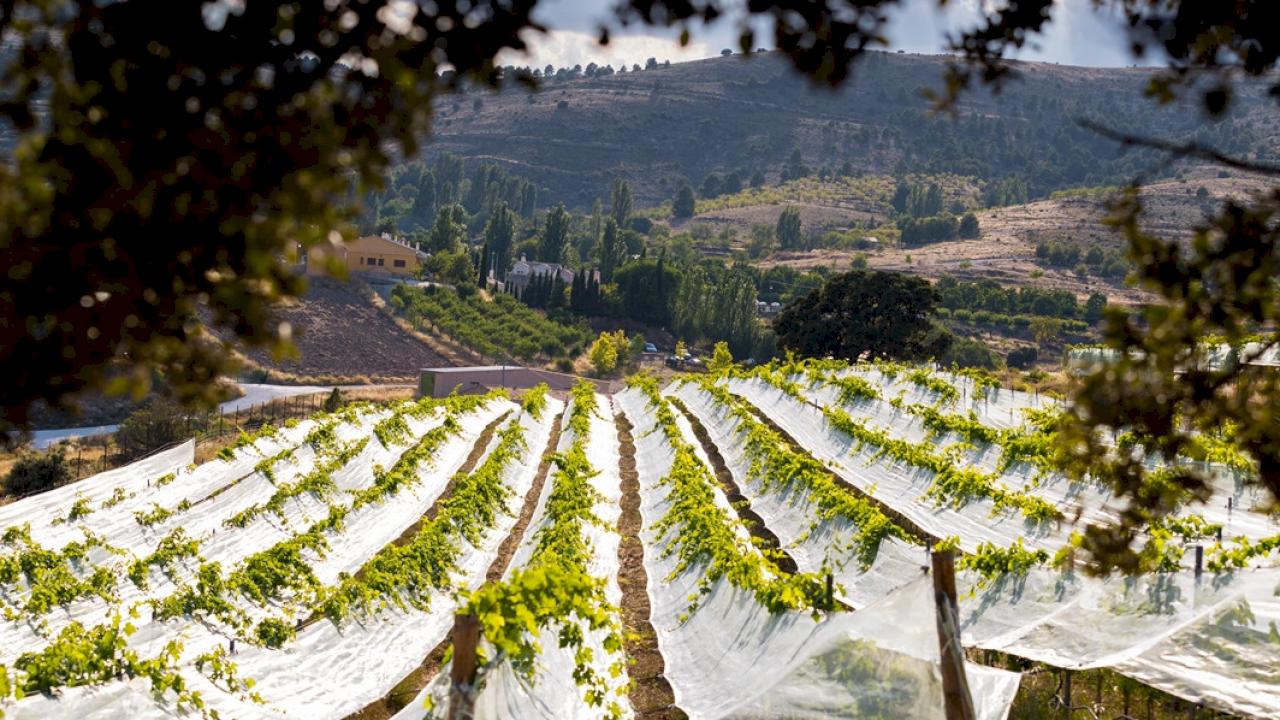
Winery and house with 2.5 hectares of vineyard, high-altitude and high-quality wines.
Murcia Mountains
Infographic of the Denomination of Origin

Change to imperial units (ft2, ac, °F)Change to international units (m2, h, °C)
D.O. year of foundation:
1994
Number of wineries (2017):
13
Total surface area:
2.300 ha5.683 ac
Maximum production allowed:
7.000 kg/ha6.245 lb/ac
Altitude of the vineyards:
Min: 600m
Max: 900m
Min: 1.969ft
Max: 2.953ft
Temperature:
Min: -4º
Max: 39º
Min: 25°F
Max: 102°F
Yearly hours of sun:
2.900
Yearly rainfall:
300 l/m228 l/ft2
DO Bullas
Localization and History
The Bullas production area is made up of land located in the Region of Murcia: Bullas, Cehegín, Mula, Pliego and Ricote, a large part of Calasparra and part of Caravaca de la Cruz, Lorca and Moratalla.
The wine culture in the Bullas DO is an ancient heritage. Archaeological findings place the beginnings of production at more than 2,600 years ago, although the extension of the vineyards and the generalization of consumption would arrive in Roman times.
The Visigoth period would maintain production aimed especially at religious communities, as evidenced in Begastri (Cehegín), converted into an Episcopal See (VI AD). After the fall of Granada and the Muslim period, the area experienced development thanks to the expansion of the vineyard and the production of wines that satisfied food, religious, economic and even public health needs.
Starting in the 16th century, the vineyards expanded in the territory and it became a great wine-growing land. Such is the case of the old winery located in the current headquarters of the Regulatory Council of the Bullas Designation of Origin, which presents such a collection of jars that it leads to dating the winery to the 18th century or even earlier.
The expansion of the last millennium was stopped at the end of the 19th century as a consequence of the arrival of phylloxera, which reached the territory of the DO Bullas back in 1894. From the 20th century onwards, faced with the global crisis of phylloxera and the mildew attacks of 1933, the desire to perfect the wines appeared. The associationism of the winegrowers' era would be the seed for the creation of the two large wine cooperatives of the DO Bullas, which emerged in the second half of the 20th century.
This would come in 1935, the first attempt at recognition of the Designation of Origin. The file that was interrupted by the start of the civil war in the new year was set to return to the procedures, but it was finalized in the year 1994.
Soils
The terrain is rugged with an ascending altitude from south to north, so the soils on which DO Bullas cultivation takes place are very different in depth and texture. This typeface creates small valleys with brown-limestone soils and limestone crust on the slopes; and alluvial soils in the centers of the valleys where we can also find flint with very variable soil characteristics.
The soils are characterized by being very poor in organic matter (below 1.5%) and having high contents of calcium carbonate and live limestone. For the most part, they are loamy, light soils with good drainage. Monastrell is the native variety that is most planted in Bullas and therefore the majority in the Bullas Designation of Origin.
Climate
Climatic characteristics significantly influence the quality of wines. The ecosystem of which the Monastrell vine variety is a part is located at an altitude between 600 and 900 meters above sea level, with climatic influences from the Mediterranean and the interior of the peninsula. The temperatures recorded in the area are suitable for the development of the vegetative and productive cycle of the vineyards, especially Monastrell, although extreme temperatures are sporadically observed, ranging from frost in spring to sunburn in summer.
The Mediterranean climate is highly influenced by the altitude of the area. Winters are short but harsh, with episodes of snow. Summers are very hot during the day, despite the fact that the climate is generally colder than that which characterizes other areas of the region, since there are sudden icy winds coming from the mountains, and this produces a notable cooling at night, a factor of clear positive influence on the quality of the grapes.
Temperatures
The average annual temperature is 15.6ºC, with a maximum of 39ºC, in the month of August, and -4ºC, in the month of January, with the oscillation between the average summer-winter temperatures being about 15ºC. The frost-free time is about 7 months, from April to October.
Precipitation
The average precipitation is low, around 300 mm. Torrential rains and storms occur periodically, mainly in September and October.
Insolation
The luminosity requirements are widely covered in the area, with strong sunshine (annual average of 2,900 hours).
Discover more wineries and vineyards for sale in these wine regions in Spain
Subscribe to our mailing list to receive news about wineries and vineyards.



